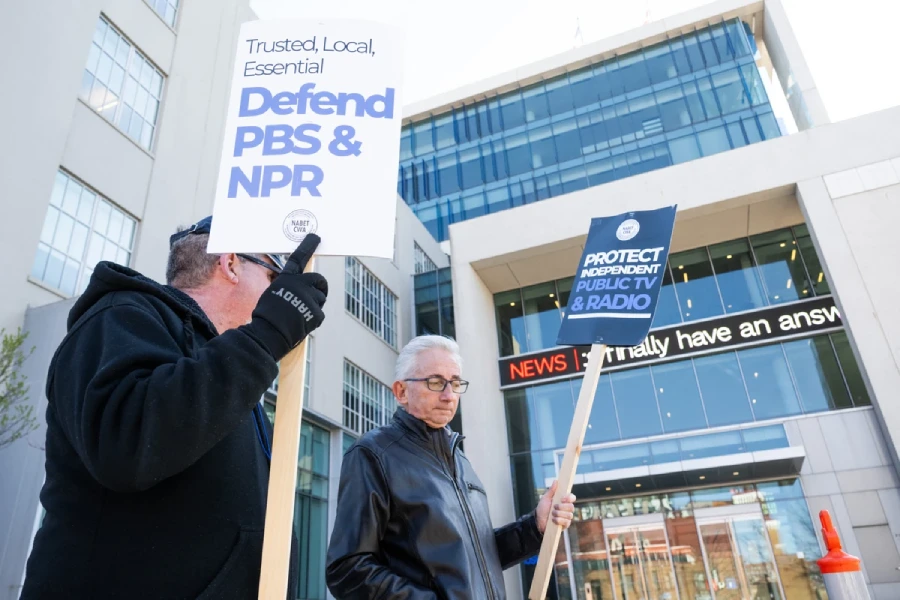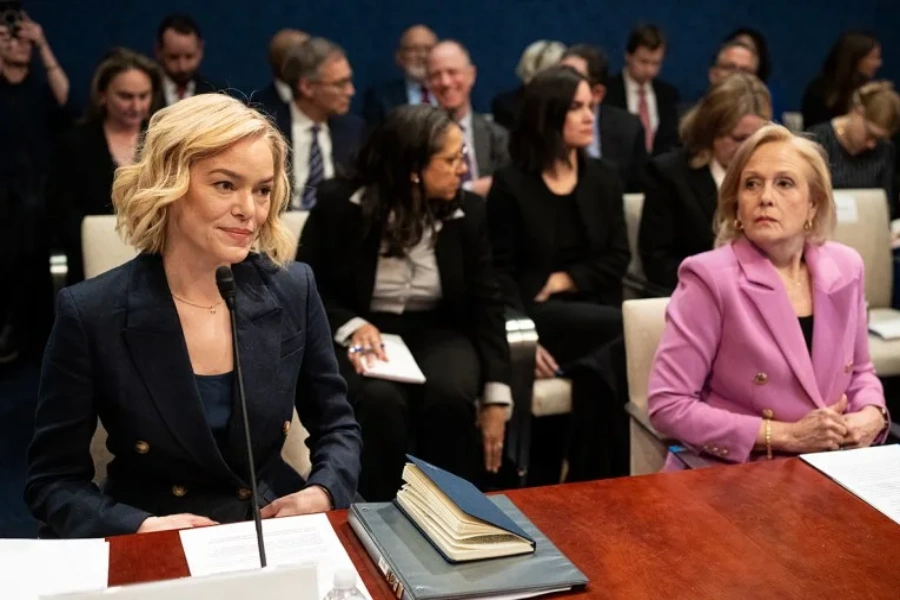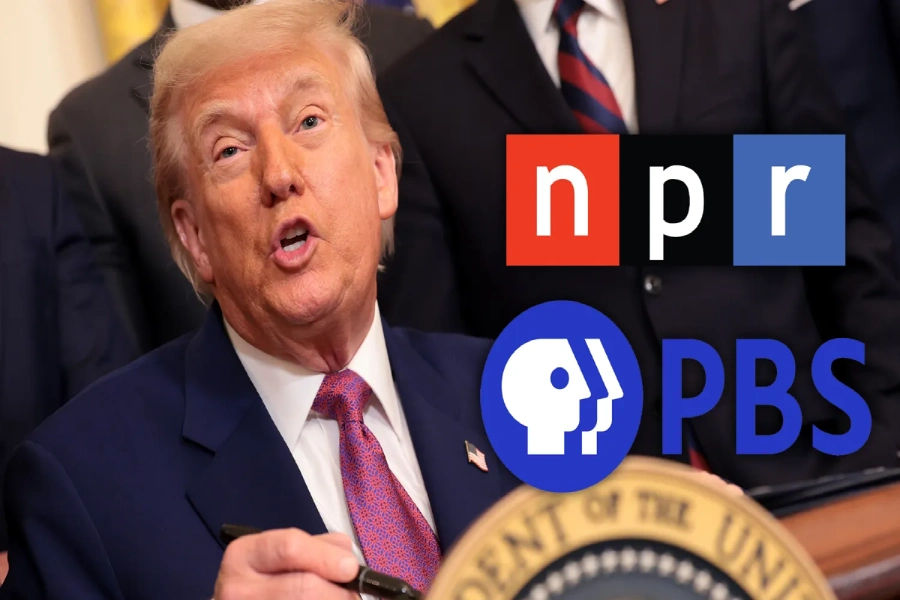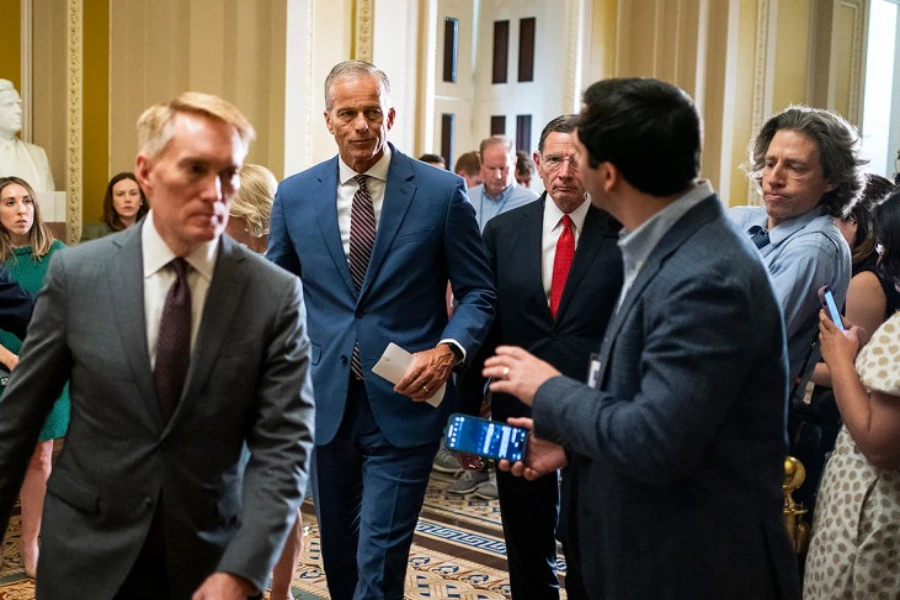Public Broadcasting Service, better known as PBS, has long been a trusted American institution, providing educational programming, unbiased news, and cultural content since its establishment under the Public Broadcasting Act of 1967. However, in 2025, PBS funding faces its most significant legal and political challenge in decades. With a Republican-led Congress slashing federal funding amid accusations of political bias, this crisis raises critical questions about the legal protections, financial sustainability, and independence of public media.
In this comprehensive article, we explore the multifaceted legal and regulatory issues surrounding PBS funding cuts, the impact on local stations, and what this means for the future of public broadcasting in the United States.

Why Is PBS Funding Under Attack?
At the heart of the current turmoil is a decision by Congress to rescind approximately $1.1 billion in federal funding for PBS and related public media over the next two years. This move, championed by the Republican majority, reflects a broader political backlash against public broadcasting, especially during and after the Trump administration. Former President Trump and many GOP lawmakers have repeatedly criticized PBS and NPR for alleged left-leaning bias, framing taxpayer support as an unnecessary subsidy for partisan media.
The Political Context
The funding cuts are tied to broader fiscal priorities, including immigration enforcement and the extension of tax cuts favored by the GOP. Yet, critics argue the cuts are largely symbolic, given that public broadcasting funding represents a minuscule fraction of the overall federal budget—roughly $1.60 per American annually.
The controversy highlights a growing polarization over the role of publicly funded media in a politically charged environment.
Legal Framework Protecting PBS: What Does the Law Say?
The Public Broadcasting Act of 1967 laid the groundwork for PBS’s creation, establishing the Corporation for Public Broadcasting (CPB) to funnel federal funds to local stations while shielding programming from direct political interference. This legal framework was designed to balance public support with editorial independence, a principle seen as vital to maintaining trust and neutrality.
Congressional Authority vs. Executive Power
Legally, Congress holds the “power of the purse”—the exclusive right to allocate funding to public institutions like PBS. The 2025 funding cuts were legislated by Congress, but they have been accompanied by executive orders attempting to further limit or eliminate federal support. These actions have led to lawsuits alleging executive overreach, claiming such orders violate separation of powers and infringe on Congress’s funding authority.
Ongoing Legal Battles
PBS and the CPB have taken legal action, arguing that the abrupt defunding undermines statutory protections and threatens public media’s mission. Courts are now tasked with deciding whether executive actions to curtail PBS funding exceed presidential authority or if Congress’s appropriations decisions stand unchallenged.
This legal uncertainty underscores the vulnerability of public media to political interference despite longstanding laws designed to protect it.

The Financial Reality: How Much Does PBS Depend on Federal Funds?
While PBS itself is a network, the majority of funding goes to its local member stations across the country. These stations rely heavily on CPB funding, which accounts for approximately 15% of their total budgets on average. Some smaller or rural stations depend on federal subsidies for up to a third or more of their operating costs.
In contrast, NPR (National Public Radio) receives less than 2% of its revenue from federal sources, making it less vulnerable to direct cuts but still affected by the broader ecosystem.
Impact on Local Stations
Local stations such as Tri-State Public Media in Indiana or WXXI in New York serve critical roles—offering educational content, emergency broadcasts, and coverage tailored to local communities, including underserved populations. Without federal funding, many stations warn of catastrophic financial shortfalls that could force them to reduce services or shut down entirely.
The Ripple Effect on National Programming
Local station fees contribute to funding for national PBS programs like Sesame Street, PBS NewsHour, and NOVA. A decline in local funding threatens the viability of these programs, which have historically shaped American culture and education.
Accusations of Political Bias: Fact or Perception?
A recurring justification for funding cuts is the claim that PBS exhibits liberal or left-leaning bias. Critics cite examples such as coverage of COVID-19 origins, Hunter Biden’s laptop story, and LGBTQ+ issues, alleging that PBS and NPR push a progressive agenda.
Editorial Independence and Journalistic Standards
PBS executives maintain that editorial decisions adhere to rigorous standards of accuracy, fairness, and impartiality. They highlight diversity initiatives and efforts to reflect America’s demographic complexity as core strengths rather than partisan slants.
However, the polarization of American politics means public media outlets are often caught in the crossfire of ideological battles, complicating efforts to remain neutral.

Can PBS Survive Without Federal Funding?
The prospect of losing federal subsidies has led PBS and member stations to explore alternative funding streams, including increased private donations, corporate underwriting, and state grants. Yet these sources present challenges.
Limitations of Private Funding
Private funding often comes with strings attached, risking the introduction of biases or priorities inconsistent with public media’s mission. Moreover, many rural and underserved communities rely heavily on the educational and emergency services that only sustained federal support can reliably provide.
The Unique Role of Federal Funding
Federal support has been crucial in ensuring nationwide access to quality programming and emergency information. Without it, many communities face information deserts, especially in rural or economically disadvantaged areas.
What’s Next for PBS? Legal, Political, and Financial Outlook
PBS stands at a crossroads. The ongoing lawsuits will help define the legal limits of federal and executive power over public broadcasting funding. Meanwhile, public and political support remains divided.
Advocacy and Public Opinion
Polls consistently show strong public support for PBS and the value of publicly funded media. Many Americans recognize the role PBS plays in education, culture, and local journalism, even as lawmakers debate funding.
Innovation and Adaptation
PBS leaders emphasize the need for innovation in funding and programming, hoping to strengthen ties between national networks and local stations. This includes exploring digital platforms and partnerships to maintain relevance in a fragmented media landscape.
Conclusion
The 2025 funding crisis has exposed the fragile balance between government support and editorial independence that PBS has navigated for over fifty years. The legal disputes over funding reflect broader tensions in American democracy about the role of publicly funded institutions.
As PBS fights to protect its financial foundation and legal protections, its future will depend on the outcomes of court rulings, shifts in political will, and its ability to innovate funding models while preserving its mission to educate, inform, and unite diverse audiences.
FAQ
1. Why is PBS facing federal funding cuts?
PBS faces cuts due to political disagreements and accusations of bias, with some lawmakers aiming to reduce government spending on public media.
2. How does federal funding affect PBS programming?
Federal funds support many local PBS stations and original programming, so cuts can limit show production and station operations.
3. What legal rights does PBS have regarding funding?
PBS operates as a nonprofit under federal law, but Congress controls budget allocations, meaning funding can be reduced or rescinded legally.
4. How much of PBS’s budget comes from the federal government?
Approximately 15% of PBS funding comes from federal subsidies, with the rest from donations, sponsorships, and state/local funds.
5. What are the arguments for and against public funding of PBS?
Supporters highlight PBS’s educational role and public service, while opponents criticize perceived political bias and taxpayer burden.
6. Can PBS survive without federal funding?
Many stations could face financial challenges, especially smaller and rural ones, but PBS aims to increase private donations to offset losses.
7. How has recent legislation impacted PBS funding?
Recent bills have attempted to claw back previously approved funds, sparking debates about Congress’s power over public broadcasting finances.
8. What is the role of the Corporation for Public Broadcasting (CPB)?
CPB distributes federal funds to PBS and other public media, playing a key role in sustaining public broadcasting nationwide.

